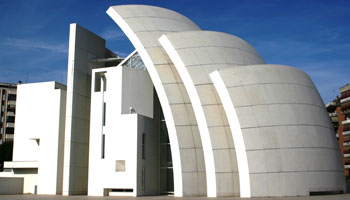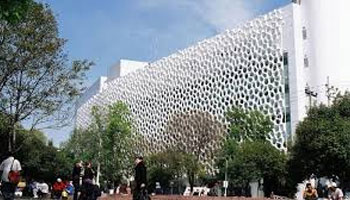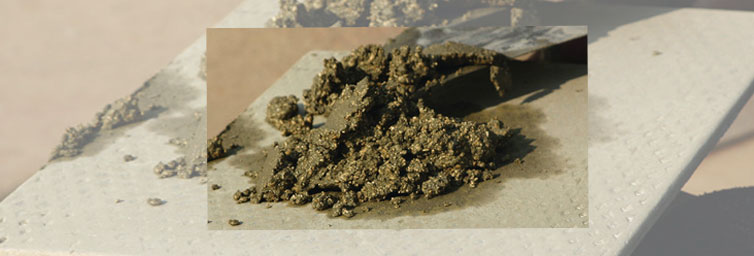You have no items in your shopping cart.
Post Requirement
In the present context, we are dealing with vital environmental concerns of pollution and resource depletion. Air quality in large cities is falling off day by day. Due to high traffics and combustors, the air is linking with serious health hazards like nitrogen oxides and volatile organic compounds.
A new and innovative approach has introduced to minimize the airborne pollutants in our cities using suitable photo catalytic materials. When a photo catalyst is consolidated in concrete, it decomposes organic materials like mold, dirt, algae, allergens, bacteria, air pollutants, smoke, etc., in the presence of light.
Photocatalytic Cement - Also known as Self-Cleaning Cement
It is a patented Portland cement developed by Italcementi Group and produced in North America. The technology was invented by Luigi Cassar, an Italian chemist at the cement manufacturing company Italcementi.
The unique properties of this cement are photo catalytic components that use the energy from ultraviolet rays to oxidize organic and some inorganic compounds.
Air pollutants that would present on the exposed surfaces are extracted from the atmosphere by the photo catalytic components, and the residues are brushed off by the rain.
Research says - when the air around the handled concrete was tested, it contained up to 80% less nitrous oxide.
Photocatalytic Concrete & How does it work?
This concrete is a green construction material, having a photo catalyst in it. It is generally known as the self-cleaning concrete or photocatalytic concrete. The most prominent feature of this concrete is self-cleaning ability.

A photocatalytic concrete with its structural qualities is a strong de-pollutant. Titanium dioxide or Titania is the photo catalyst material present in this concrete. When sunlight strikes the concrete's surface, catalyst (titanium dioxide) use that energy and reacts with external substances to decompose organic compounds. Simple rinsing with water or rain can easily remove the reaction products, making the building look clean as a new one.
Materials in Concrete Mix Design
The primary materials required for mixing concrete are Ordinary Portland cement, Fine Aggregates (high-quality sand), Coarse Aggregates and Titanium Dioxide (catalyst). The mixing proportions are the same as conventional concrete. Photocatalyst cement is no different and should consider catalyst specifications without any fail.

However, extra care should be taken to avoid contamination. The concrete must be cured properly to attain maximum strength, reduce permeability, obtain durable concrete and attain desired properties.
Applications & Limitations
• The photocatalytic cement is already being used for sound barriers, concrete paver blocks, and facade elements.
• Other applications include pavements, concrete masonry units, cement tiles, tile-up concrete panels, precast elements etc.

• Titanium dioxide can be employed in all types of concrete, including mortar and plaster.
• It is not suitable for interior applications as it needs light to get activated.
• Self-cleaning cement is expensive, as the raw materials that make it are not so cheap.
• They are generally limited to new structures because the additive has to be mixed in with the concrete mixture.
Conclusion
The photocatalyst cement does a perfect job of keeping structures clean and white. As the material reacts differently in low pollution levels, we have to wait and see the results that change with time. But, it's one of those advances in construction technology that does seem brilliant for the environment.
Check Out: Types of Cement Concretes used in Construction
Vani Paspula













